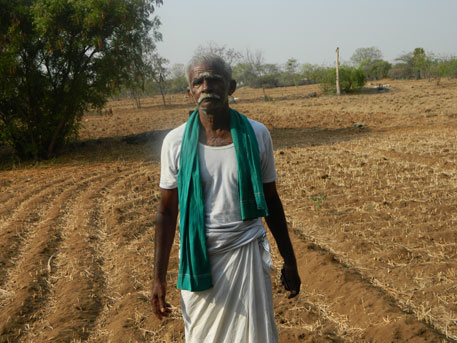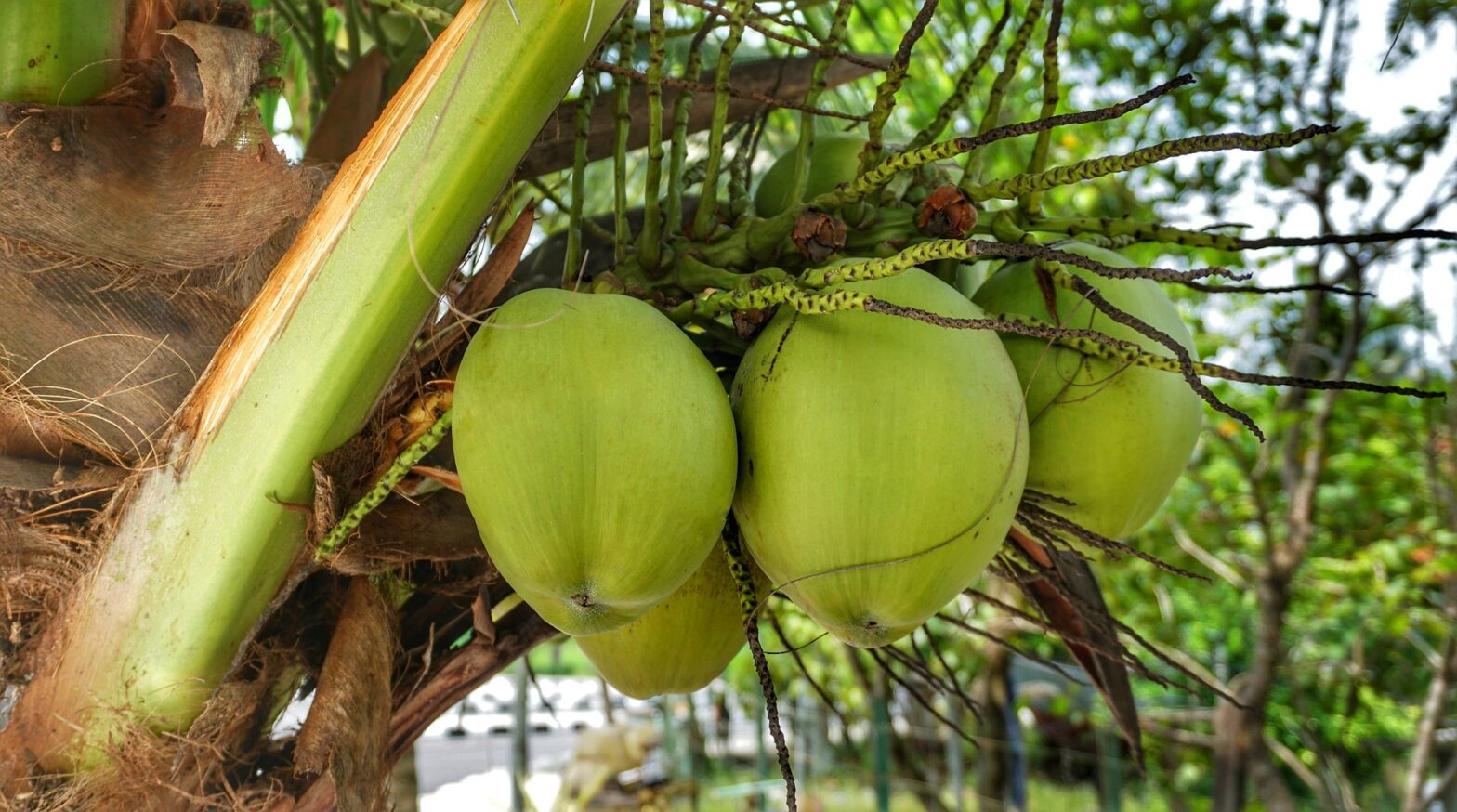How the Paper Industry Impacts Farmers in an Indian Village
The environmental deterioration that occurs as a result of industries and factories is known as industrial pollution. Industrial pollution can come from a number of activities, and can contaminate numerous natural systems including air, water, and land ecosystems. Industrial pollution can also take the form of multiple types of contaminants, including chemical substances, emissions, and industrial byproducts or waste. Industrial pollution can also take the form of excessive resource use.
Examining a case study of industrial pollution can help us learn about why industrial pollution might occur, the extreme damage it can cause, and how to avoid similar problems in the future. This article will walk you through an example of industrial pollution in India, and its effects in the real world.
Background Info: What is Industrial Pollution and How Does It Affect Us?
About the Case Study

Source: Wikipedia Raj6644
This case study of industrial pollution, originally covered in a 2019 paper, reviews pollution from the paper industry in India, in the Moolimangalam village of Karur district. A major paper factory, Tamil Nadu Newsprint and Papers Limited (TNPL), is located nearby. The farmers’ only source of water is water discharged from the TNPL paper plant, so they’re highly dependent on the industry’s contaminated water.
The case study reviews the impacts of the paper plant’s pollution on farmers living and farming nearby.
Source: Manikandan, “Impact of paper industrial pollution: a case study from Moolimangalam Village in Karur District, Tamil Nadu,” 2019.
Main Takeaways
The main takeaways of this case study of industrial pollution include:

Source: Downtoearth.org
- Industrial paper production has negative environmental effects. The industry:
- Uses high amounts of water
- Is the third-largest energy-user in India (and thus contributes to climate change)
- Discharges chemicals and heavy metals in water that may be toxic to wildlife and humans (Read more: Sharma et al. 2021).
- The majority of farmers included in the study said that the paper industry pollution impacts agricultural land, human health and/or animal health.
- Over 63% of small farmers (who have farms below 5 acres) and 36.7% of medium farmers (whose farms are between 5-12.3 acres) stated that their land is affected by industrial pollution.
- For some farmers, the pollution impacted the health of their agricultural land to such an extent that they chose to change or move their cropping patterns.
- 31% of small farmers and 27.3% of medium farmers said that industrial pollution caused them to change their cropping patterns.
- The majority of farmers reported that industrial pollution negatively impacted their health.
- 73.7% of small farmers and 90.9% of medium farmers stated that their human health was affected by pollution.
While the study does not try to actually prove causation, it’s clear that the majority of farmers in the village believe the paper industry’s pollution has had severe impacts on both their health and their livelihood.
Are there solutions to the paper industry’s pollution?
As far back as the 1980s, government agencies and other organizations have been working to review the paper industry’s impacts, and to create possible solutions. The United Nations NIEM program (Network for Industrial Environmental Management) chose the Pulp and Paper Industry in Asia and India as a top priority in 1987.
Some researchers suggest reducing the paper industry’s pollution by:
- Reducing the use of chlorine in paper mills that still use the chemical to bleach paper fibers
- Managing the process of washing to reduce the amount of chemicals that end up in wastewater
- Instituting wastewater treatment of effluent
- Making paper using cleaner materials
Conclusion
This case study relates to industrial pollution on a wider scale, as there are many other global examples of industry runoff hurting agricultural efforts and human health. This case study also highlights a common issue of industrial production: while industry can create jobs and produce important products, it often has detrimental effects on neighboring communities and the environment.
Often, government regulation is an effective way to curb the harmful effects of industrial production. In this case, regulating the paper industry’s wastewater practices or requiring cleaner production practices would have a large beneficial impact on the farmers nearby. To avoid similar problems to the ones faced by farmers in Moolimangalam village, we must find ways to balance production with its environmental and social impacts.

